- No products in the cart.
Suprastineks tab n / 5mg film about 7 pc
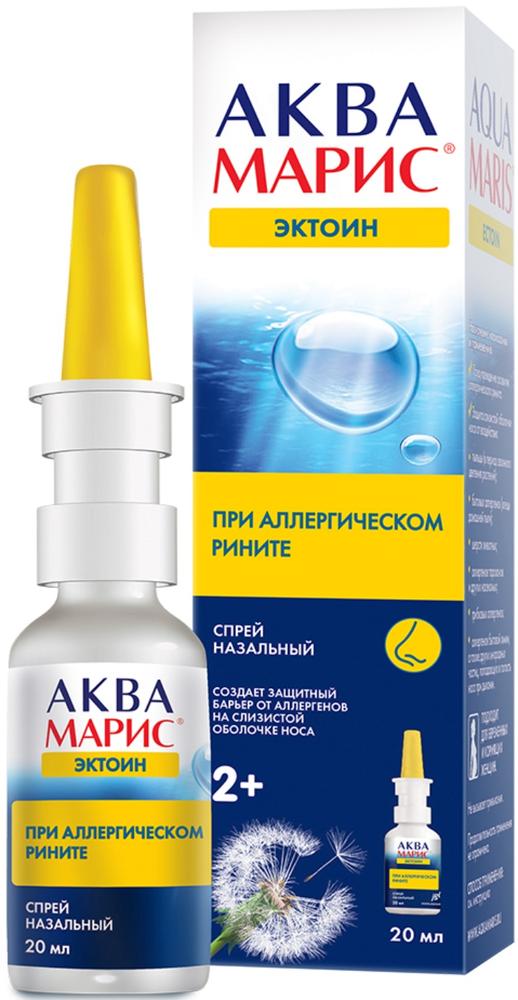
Aqua Maris ectoine nasal spray for the prevention and treatment of allergic rhinitis 20ml
$10.19
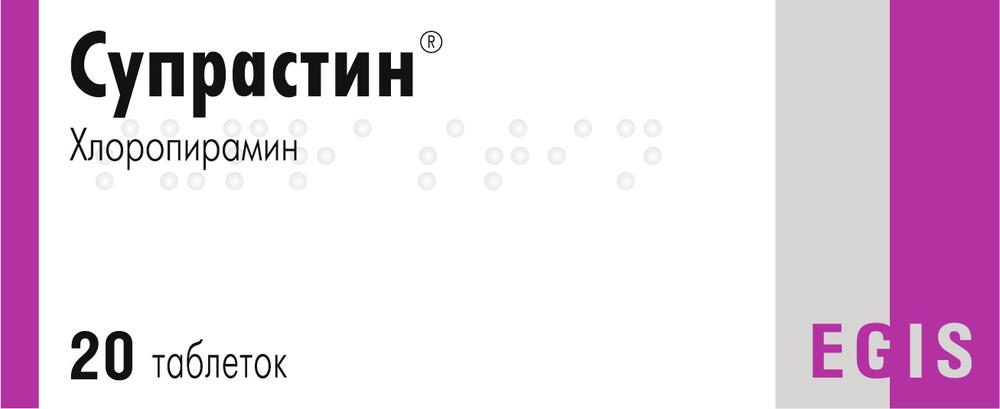
Suprastin tab 25mg 20 pc
$2.72
$7.25
Suprastineks tab n / 5mg film about 7 pc
Description
Composition
Active substance:
1 tablet contains 5 mg of levocetirizine dihydrochloride (equivalent to 4.21 mg of levocetirizine) ;.
Excipients:
Cellulose microcrystalline silicon Prosolv® HD90 (microcrystalline cellulose, colloidal anhydrous silica), lactose monohydrate (37.9 mg) giproloza low-substituted (L-HPC 11), magnesium stearate; sheath: Opadry II 33G28523 White (Hypromellose 2910, titanium dioxide, lactose monohydrate (1.05 mg macrogol 3350, triacetin).
Description:
White or almost white round biconvex tablets film-coated, engraved “E” on one side of the tablet and “281” on the other side, no or almost odorless.
Product form:
Film-coated tablets of 5 mg: 7 or 10 tablets in a blister of polyamide / aluminum foil / PVC // Aluminum Foil. 1 or 2 of the blister (7 tablets) or 1, 2 or 3 blisters (10 tablets) packaged together with instructions for use in a cardboard box.
Contraindications
Hypersensitivity to the active (including piperazine derivatives) or any auxiliary component preparation severe renal impairment (creatinine clearance less than 10 mL / min) to children age 6 years (for a given dosage form) pregnancy and lactation lactose intolerance hereditary shortage lactase syndrome or glucose-galactose malabsorption
CAREFULLY
Chronic renal failure mild to moderate severity, older age (perhaps decreased glomerular filtration).
Dosage
5 mg
Indications
Symptomatic treatment year (persistent) and seasonal allergic rhinitis and conjunctivitis (itching, sneezing, rhinorrhea, lacrimation, conjunctival hyperemia); hay fever (pollinosis); urticaria, including chronic idiopathic urticaria; angioedema; allergic dermatoses, accompanied by itching and rashes.
Interaction with other drugs
Studies of interactions of levocetirizine showed no clinically relevant interactions with pseudoephedrine, cimetidine, ketoconazole, erythromycin, azithromycin, glinizidom and diazepam.
The combined use of macrolides or ketoconazole did not cause significant changes in the ECG.
Theophylline (400 mg / day) reduced total clearance levocetirizine by 16%, while the kinetics of theophylline is not changed.
Levocetirizine does not enhance the effects of alcohol, but in susceptible patients concomitant use of levocetirizine with alcohol or other CNS depressants may have effects on the central nervous system.
Overdose
Overdose symptoms in adults appear sleepiness in children – excitement, anxiety, which are replaced by sleepiness. No specific antidote. Recommended symptomatic and supportive therapy, gastric lavage. Hemodialysis is ineffective.
pharmachologic effect
Pharmacological group:
Antiallergic agent – H1-histamine receptor blocker.
Pharmacodynamics:
Antiallergic agent. Enantiomer of cetirizine; competitive antagonist of histamine; blocks
H1-histamine receptor affinity which is 2 times higher than that of the cetirizine. It affects gistaminozavisimuyu step allergic reactions; decreases eosinophil migration, reduces vascular permeability limits the release of inflammatory mediators. It prevents the development and facilitates the allergic reactions has antiexudative (decongestant), antipruritic effect; virtually no anticholinergic and antiserotoninergicheskogo action. At therapeutic doses substantially no sedative action.
Pharmacokinetics:
The pharmacokinetics is linear. Quickly absorbed by ingestion: food intake does not affect the absorption of completeness, but reduces its speed. Bioavailability – 100%. The time to reach maximum concentration (TSmah) – about 0.9 hours maximum concentration (Cmax) -. 207 ng / ml. The volume of distribution – about 0.4 L / kg. Communication with proteins – 90%. Less than 14% of the drug is metabolized in the liver by O-dealkylation with a pharmacologically inactive metabolite. The half-life (T1 / 2) – 7-10 hours total clearance -. About 0.63 ml / min / kg. Completely eliminated from the body within 96 hours. Excreted by the kidneys (approximately 85%). In renal failure (creatinine clearance less than 40 mL / min) clearance is reduced (in patients on hemodialysis – 80%). T1 / 2 – lengthened.
Less than 10% removed during hemodialysis. It passes into breast milk.
Pregnancy and breast-feeding
Use of the drug is contraindicated in pregnancy, as controlled clinical trials on the safety of the drug in pregnant women have been conducted. If necessary, the drug during lactation is recommended to stop breast-feeding.
Conditions of supply of pharmacies
Without recipe.
side effects
Used parameters less than the frequency of side effects are defined as follows: very often:> 1/10; often: 1/100; infrequently:
special instructions
The period of treatment is recommended to refrain from the use of ethanol.
Suprastineks® drug coated tablets contain lactose, so it should not be administered to patients with lactose intolerance, hereditary lactase deficiency or malabsorption of glucose-galactose.
VLIYAENIE on ability to drive vehicles and management mechanisms
During treatment should refrain from activities potentially hazardous activities that require high concentration and psychomotor speed reactions.
Storage conditions
At a temperature of not higher than 30 C.
Keep out of the reach of children.
Dosing and Administration
For ingestion. Take into meal time or on an empty stomach, with a little water, without chewing.
The daily dose is recommended to take at one time.
The recommended dose for adults and children over 6 years of age, older patients (assuming normal renal function) – 5 mg (1 tablet) daily.
The maximum daily dose should not exceed 5 mg.
Patients with impaired renal function
Periodicity reception should be set individually according to renal function. In patients with chronic renal failure with creatinine clearance (CC) of 30 to 49 ml / min the dose should be reduced by 2 (5 mg (1 tablet) every other day); with CC from 10 to 29 ml / min the dose should be reduced to 3 times (for 5 mg (1 tablet) every 3 days). In severe renal failure (creatinine clearance less than 10 mL / min), the drug is contraindicated.
Patients with impaired liver function
In appointing the drug to patients with isolated hepatic impairment, no dose modification is required. Patients with combined dysfunction of liver and kidney recommended dosage adjustment (see. The above section “Patients with impaired renal function”).
The duration of the drug
The duration of administration depends on the disease.
In the treatment of persistent allergic rhinitis (symptoms
There is clinical experience with the drug up to 6 months.
Information
Appearance may differ from that depicted in the picture. There are contraindications. You need to read the manual or consult with a specialist
Additional information
| Weight | 0.100 kg |
|---|---|
| Manufacturer | EGIS |

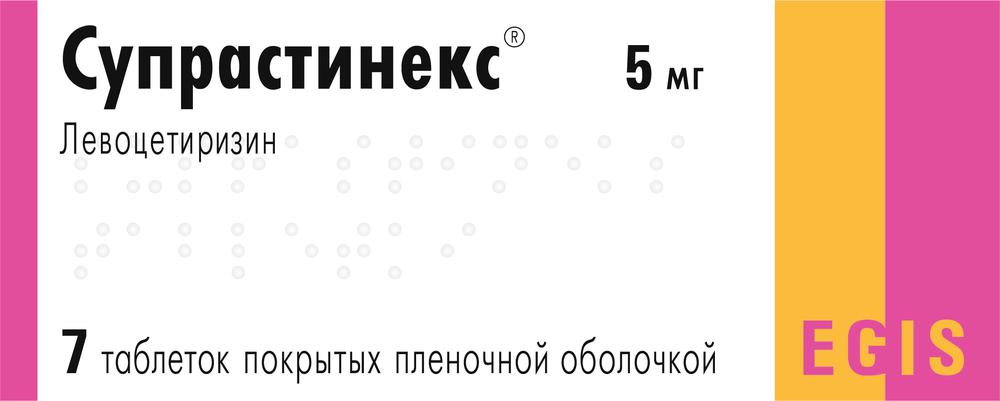
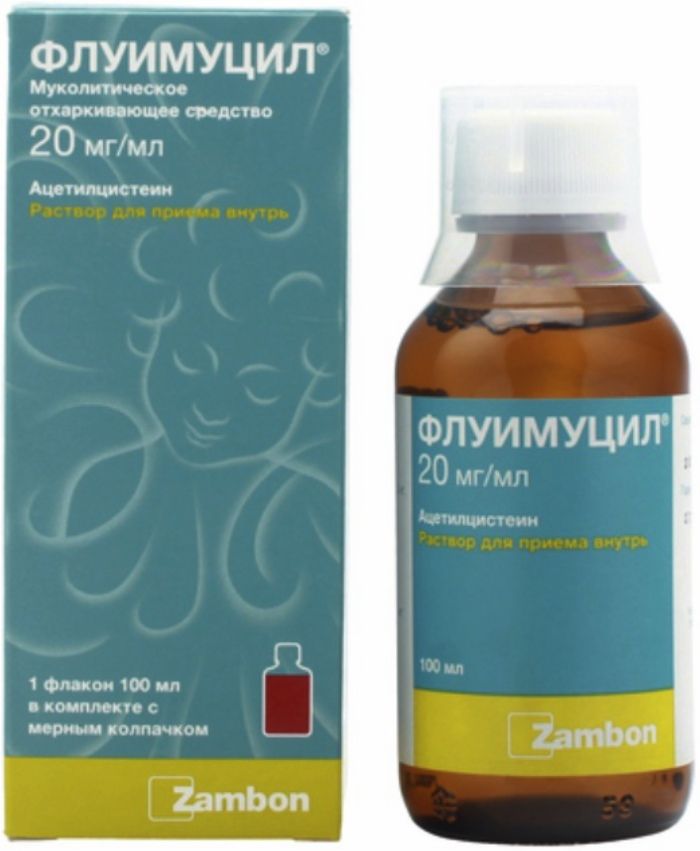
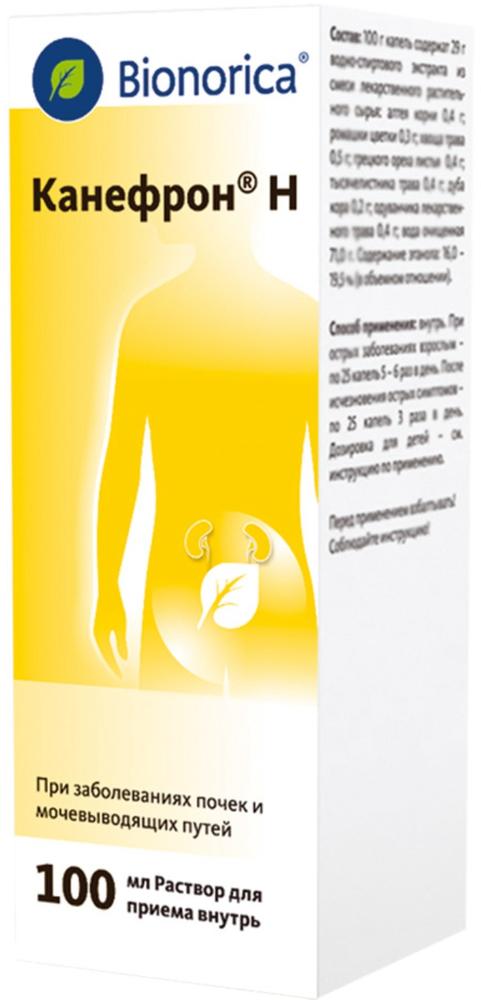
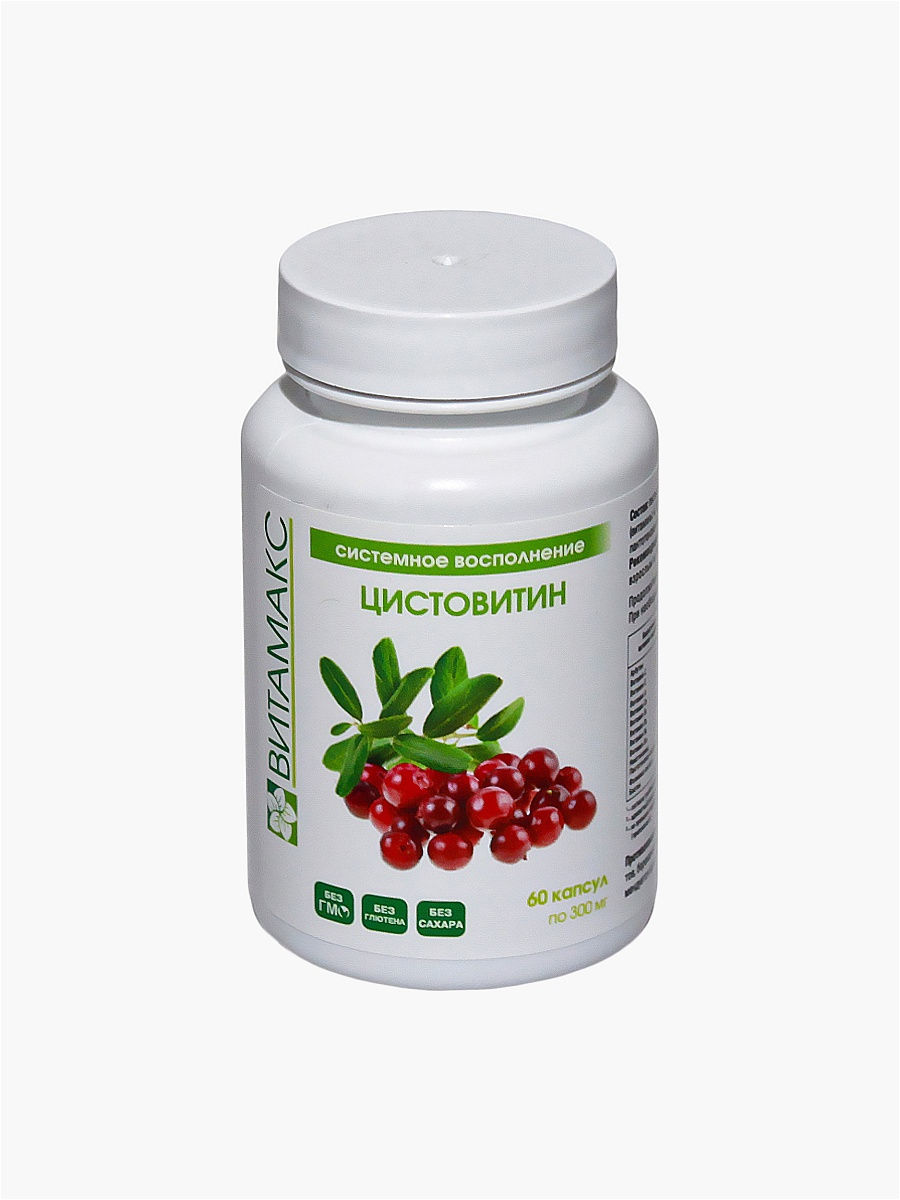
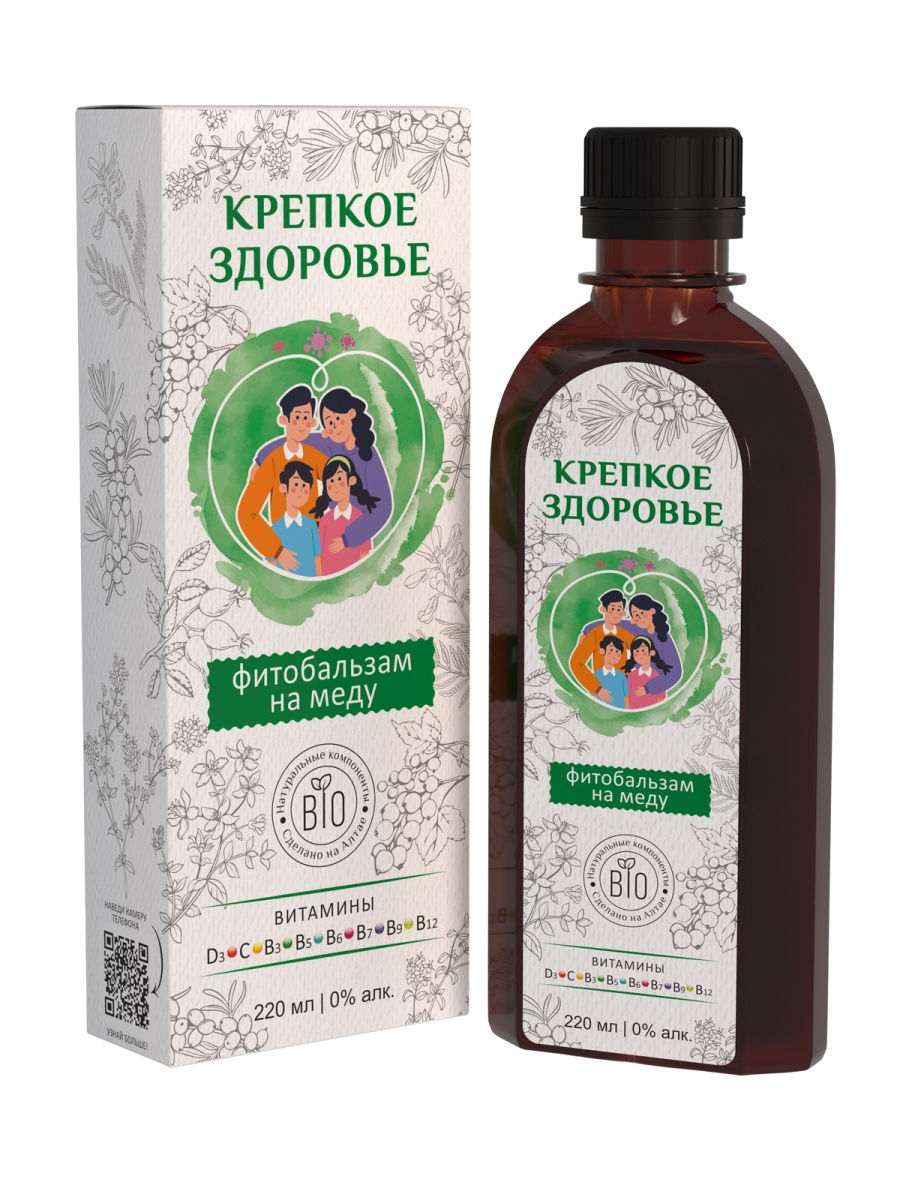
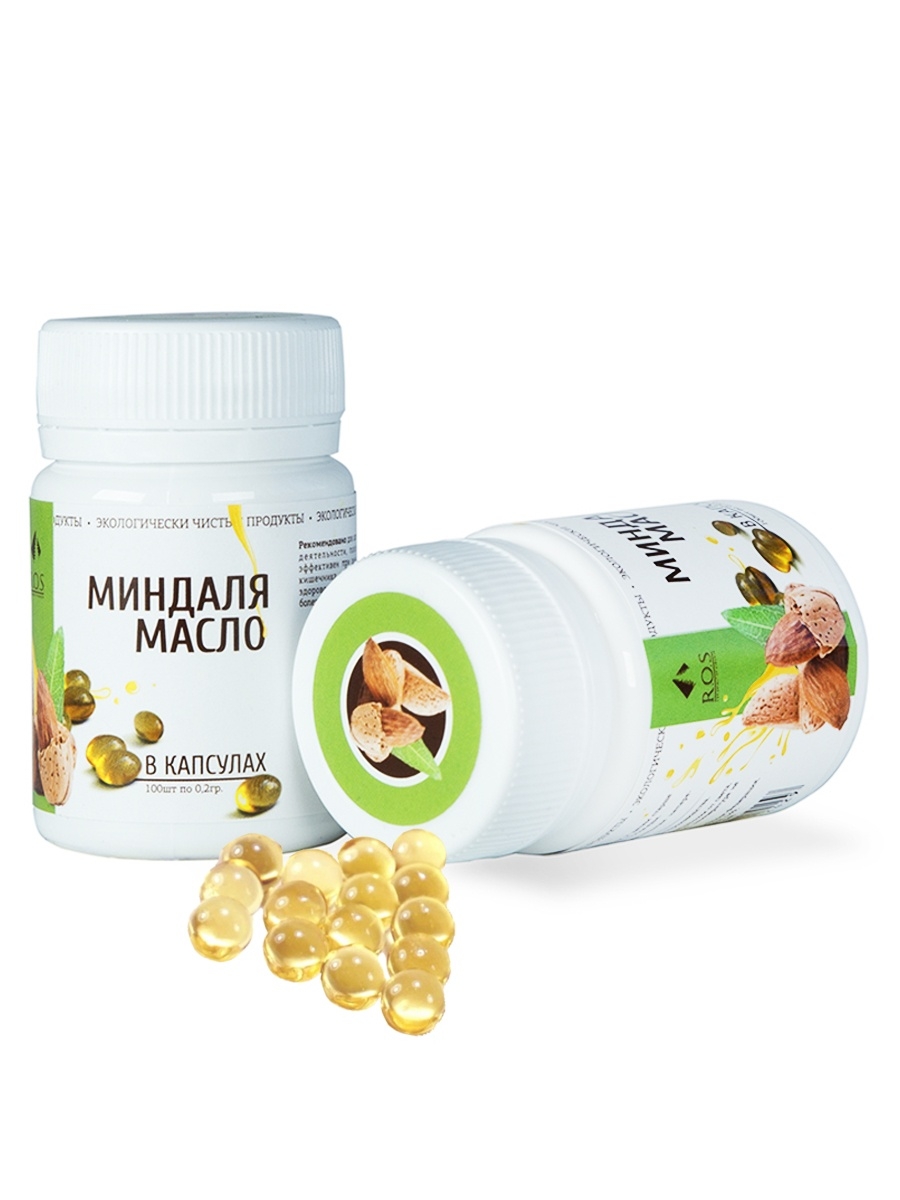
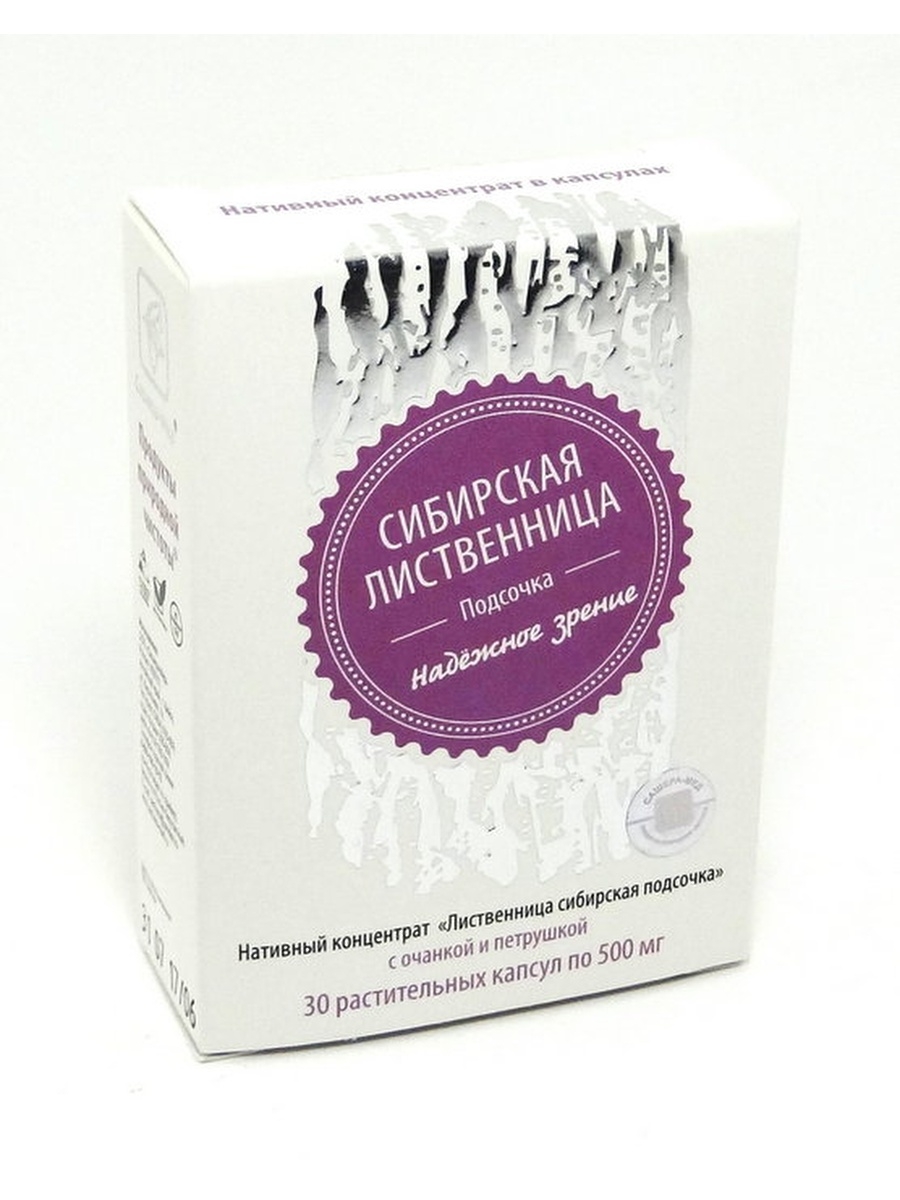




There are no reviews yet.